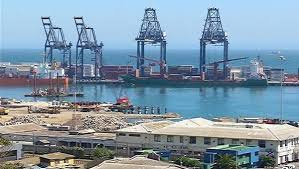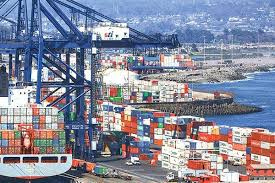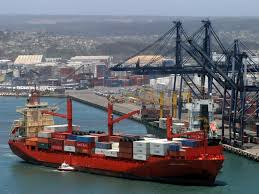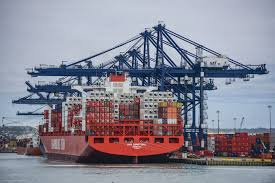What safety regulations are in place at the Port of San Antonio?

What safety regulations are in place at the Port of San Antonio?
What safety regulations are in place at the Port of San Antonio? The Port of San Antonio is a vital hub for shipping and logistics, but safety remains a top priority for all operations.
To ensure the well-being of workers, visitors, and the environment, various safety regulations and protocols are in place.
Understanding these regulations can enhance your experience while promoting a secure atmosphere at the port.

Overview of Safety Protocols
Safety protocols at the Port of San Antonio encompass a wide range of measures designed to protect individuals and property.
These regulations address everything from vehicle traffic to hazardous materials handling.
Compliance with federal, state, and local laws ensures that the port operates safely and efficiently.
Regular training and safety drills are conducted to maintain a high standard of awareness among staff.
Access Control Measures
Access to certain areas of the Port is regulated to enhance security and safety.
Identification badges are typically required for employees and contractors working within restricted zones.
Visitors may need to register or be escorted in specific areas to ensure compliance with safety protocols.
These measures help monitor who enters and exits the port, minimizing security risks.
Emergency Preparedness Plans
The Port of San Antonio has comprehensive emergency preparedness plans in place.
These plans outline procedures for various scenarios, including fires, spills, or severe weather.
Regular drills are conducted to ensure that employees are familiar with evacuation routes and emergency procedures.
Preparedness ensures that the port can respond quickly and effectively to any incidents.
Environmental Safety Regulations
Environmental safety is a critical aspect of operations at the Port of San Antonio.
Regulations dictate the proper handling and disposal of hazardous materials to protect local ecosystems.
Spill response teams are trained to address any leaks or spills promptly, minimizing environmental impact.
These efforts demonstrate a commitment to sustainability while maintaining operational integrity.
Traffic Management Protocols
With heavy vehicle traffic in and around the port, traffic management is essential for safety.
Specific routes are designated for commercial vehicles, and speed limits are strictly enforced.
Proper signage and traffic control measures guide both port employees and visitors.
These protocols help reduce accidents and ensure the safe movement of goods and personnel.
Training and Certification Programs
Employees at the Port of San Antonio undergo rigorous training and certification programs.
These programs cover various safety topics, including emergency response, equipment operation, and hazardous materials handling.
Continuous education ensures that staff members stay updated on best practices and regulatory changes.
This focus on training enhances overall safety and efficiency at the port.
Personal Protective Equipment (PPE)
The use of personal protective equipment (PPE) is mandatory in many areas of the port.
Hard hats, safety vests, gloves, and steel-toed boots are commonly required for personnel.
These safety measures are designed to protect workers from potential hazards on-site.
Compliance with PPE regulations is strictly monitored to ensure a safe working environment.
-Cargo Handling Safety
Safety regulations surrounding cargo handling are particularly important at the Port of San Antonio.
Proper training is required for individuals operating heavy machinery or loading/unloading cargo.
Following established protocols minimizes the risk of accidents during these high-stakes operations.
Regular inspections of equipment also ensure that everything is in safe working order.
Reporting Safety Incidents
The Port encourages a culture of safety reporting among employees and visitors.
Any safety incidents, near misses, or hazardous conditions should be reported immediately.
A clear reporting mechanism allows for quick response and corrective action to mitigate risks.
This proactive approach contributes to continuous safety improvements and awareness at the port.
Port of San Antonio
Safety regulations at the Port of San Antonio are comprehensive and vital for smooth operations.
From access control measures to emergency preparedness plans, numerous protocols ensure a secure environment.
Understanding these regulations can enhance your visit while promoting overall safety at the port.
Whether you’re an employee, visitor, or local business, everyone plays a role in maintaining safety standards.
By adhering to these regulations, we can collectively contribute to a safer and more efficient port experience.
So, the next time you’re at the Port of San Antonio, remember the importance of safety in every operation!





Leave a Reply